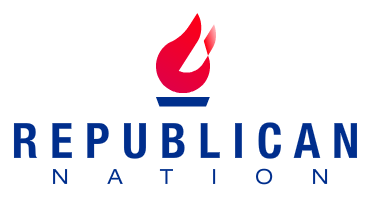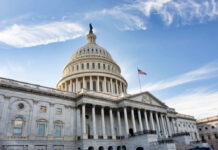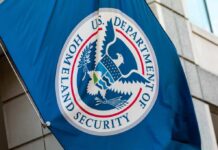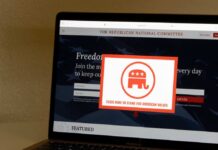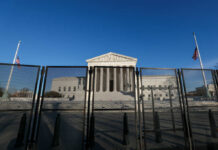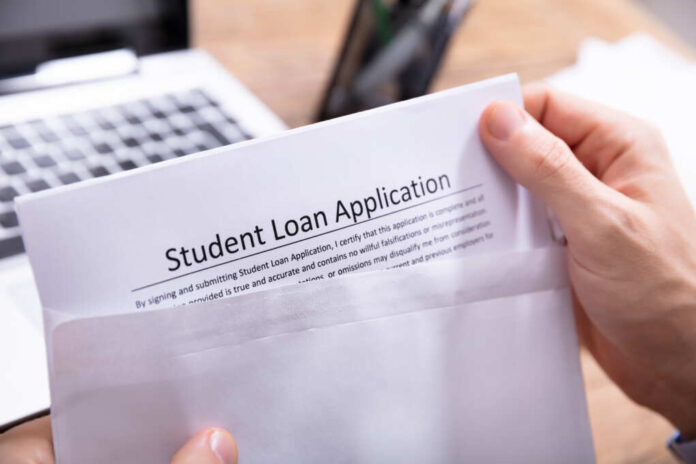
Americans who are struggling to repay federal student loans because of financial hardship could get some of their debt canceled under President Joe Biden’s latest proposal for widespread loan forgiveness.
Several categories of borrowers would be eligible for relief under Biden’s second try at widespread cancellation after the Supreme Court rejected his first plan last year. Those with older loans or large sums of interest are targeted for relief. On Thursday, the Education Department expanded its proposal to include those who face financial hardship.
The Biden administration broadened its latest proposal for a sweeping student loan forgiveness program Thursday to borrowers facing new financial hardship qualifications, part of a modified plan after the Supreme Court rejected the initial program. pic.twitter.com/glswLqw8Xg
— Forbes (@Forbes) February 15, 2024
The plan was expanded following pressure from Democrats who said the proposal didn’t do enough for struggling borrowers who don’t fit into one of the other cancellation categories.
Whether relief will materialize is questioned as conservatives vow to challenge any attempt at mass student loan cancellation. The proposal is now going through a rulemaking process that will take months to finalize, and a legal challenge is almost inevitable.
Biden initially attempted to cancel up to $20,000 for an estimated 43 million people with incomes under $125,000. After the Supreme Court ruled he overstepped his authority, Biden asked the Education Department to draw up a new plan under a different legal basis.
Various student loan forgiveness programs have existed for years, but some eligible borrowers don’t know about them or don’t apply. Those borrowers could automatically get their loans erased under the proposal.
It would allow the Education Department to cancel the entire loan balance for borrowers who meet the eligibility requirements of one of the existing income-driven repayment plans. It would also cancel loans for those eligible for other targeted relief programs, including Public Service Loan Forgiveness, Borrower Defense to Repayment, and the closed school discharge program.
Supporters of the forgiveness plan see it as a way to deliver relief to people who need it most. Still, they might struggle with complicated application processes or never find out they’re eligible for help.
Overall, programs are considered a failure if graduates pay more than 8% of their average yearly income on federal student loan payments. Borrowers would also be eligible for cancellation if their program left graduates earning a lower average salary than college-age workers with only a high school diploma.
